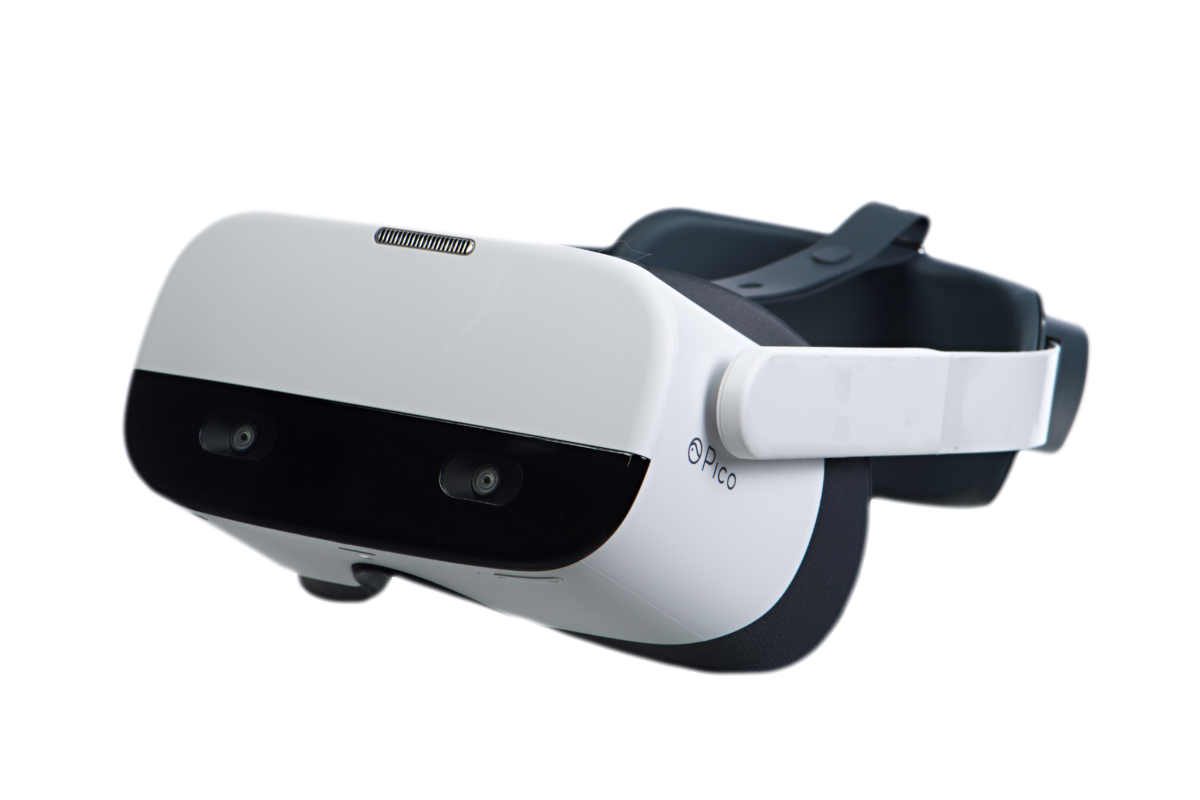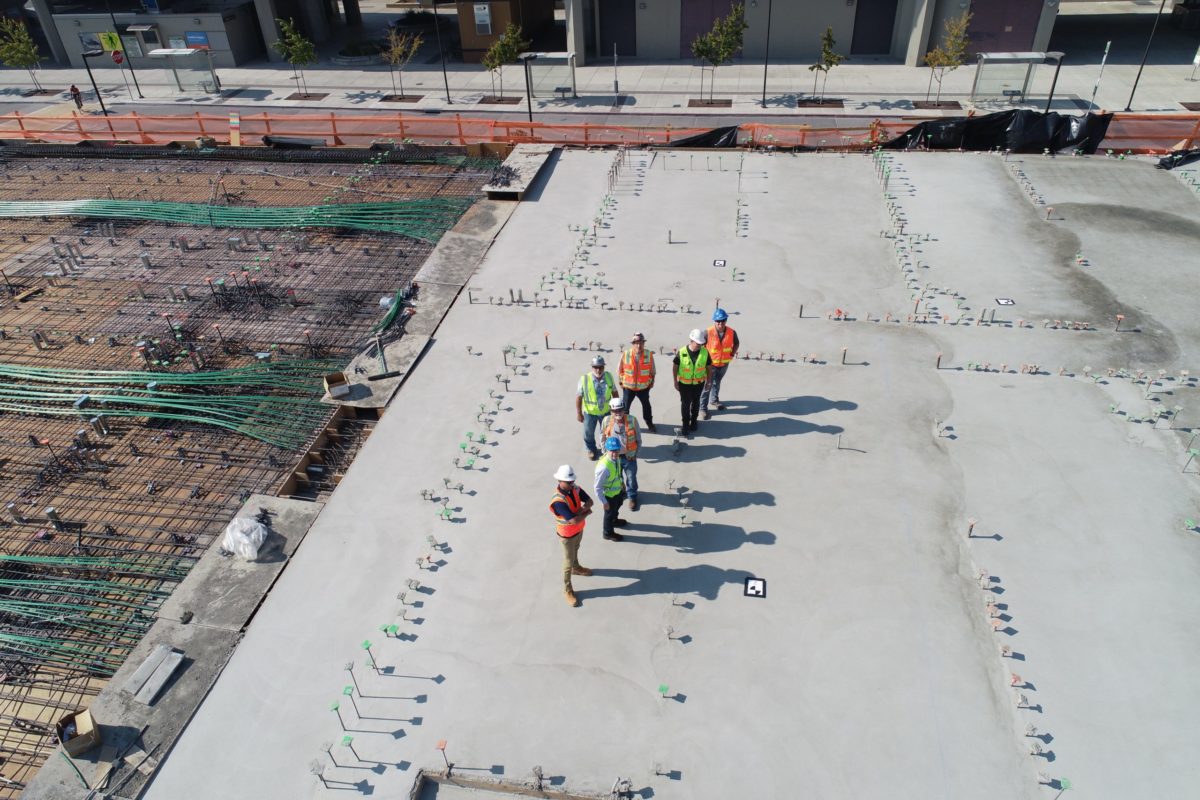More and more organizations are transitioning to virtual reality (VR) as a supplementary tool for corporate training. VR training provides organizations with another avenue to train individuals through hands-on practice.
Experiential learning, the process of learning through experience or “learn by doing,” has long been considered the most effective learning method, due to increases in both learner retention (by up to 90%) and the overall quality of learning.
The idea of incorporating VR training into your organization’s existing training program might seem intimidating, but it doesn’t have to be as overwhelming as it may sound. Let’s take a look at the various benefits of incorporating VR into your training program.
How Can I Incorporate Virtual Reality Technology Into My Current Training Program?
VR’s computer-generated simulations of physical worlds are immersive, three-dimensional experiences that allow users to interact with their environment as if it were the real thing.
With a variety of XR-enabled devices available, from simple smartphones to headsets equipped with bioanalytic sensors, companies can leverage VR training to provide real-world situations without the associated risks or other prohibitive costs.
In addition to experiential learning, transitioning to virtual reality brings several built-in training advantages.
Wholly Immersive Training Environment
When it comes to successfully achieving learning targets, learner engagement is critical. VR’s wholly immersive training environment helps boost learner engagement.
Real-world Scenarios Without Real-world Risk
VR training removes the pressures and real-world risk of physical training environments. In the safety of VR, mistakes become opportunities for learning and growth. Individuals can pursue creative solutions to problems without causing damage to property or people. Learners can also repeat tasks and simulations until they reach the desired performance level.
Test Before Deploying
VR training allows organizations to safely perform test runs of new methods, practices, or learning initiatives to evaluate learner response before scaling and deploying new training models company-wide.
Emotional Learning
Memory formation is often tied to our emotional response. Users tend to learn faster and retain more of what they learn for a longer period when they have an immersive and compelling learning environment that promotes an emotional response.
The highly adaptable nature of VR allows organizations to incorporate it as they see fit, as broadly or narrowly as their needs dictate. In certain cases, entire skills can be trained for using VR, allowing companies to transition away from older, more expensive, and less effective methods. In others, VR can serve as part of a blended learning approach.
Integration allows you to keep current, effective, traditional forms of training, while adding in supplemental VR training to deliver a “best of both worlds” scenario at a minimal cost.
Complete transition allows organizations to move away from traditional training means and methods and implement a wholly virtual solution.
Organizations either integrating or transitioning to a VR Training initiative or program can benefit from PIXO’s growing library of original and licensed pre-built, off-the-shelf content. Some popular examples include the following:
- Confined Spaces training allows learners to use critical thinking skills and learn how to properly gear up with PPE before entering a confined, below-ground environment and working with potential deadly sources of gas.
- Hazard Recognition allows organizations to focus on creating a culture of safety in the workplace, no matter the learner’s role or location. Learners are tasked with exploring photo-realistic 3D workspaces to identify and correct numerous randomized potential safety hazards.
- Ladder Safety teaches appropriate ladder usage techniques without risk to learners. With tens of thousands of workers experiencing ladder-related injuries annually, this fundamental course helps employees stay safe on the job.
- Natural Gas Leak Emergency Response, one of our most advanced, intense and engaging VR training modules ever created, trains employees to identify a gas leak in a crowded neighborhood. This module is complete with scenario randomization and real-time reporting and analytics.
The virtual learning environment allows learners to experience procedural or structural failures without encountering actual safety violations, or the potential for property damage or risk of injury to students or instructors.
Organizations can also design, build, and manage custom content to meet specific or proprietary training needs.
Today’s remote landscape brings VR technology to the forefront
Transitioning to virtual reality offers individuals exciting ways to learn new skills or brush up on existing skills. With PIXO Apex, organizations can make management, collaboration, and distribution of VR, AR, or MR content seamless.
Reduce Training Expenses
The ability to repeat a VR training module time after time, making adjustments as needed, allows for a lower cost per learner over the lifetime of the training module, thus saving organizations money in the long term.
Remote Learning
VR training can take place almost anywhere, eliminating the need to book or construct specialized training facilities. Employees can experience simulations of actual work environments without the added costs or time constraints often associated with on-site training.
Teambuild from Home
Remote workforces can boost team performance through the collaborative experiences VR training can offer. VR team activities and group sessions help remote employees forge emotional bonds traditionally found in brick and mortar workspaces.
Consistent Training & Communication
With VR training, organizations can achieve a level of standardization that otherwise would not be possible with traditional methods employed over multiple locations, including those that are entirely remote or “off-prem”. Critical updates to content, reflecting new procedures or changes in policy, can be scaled and distributed to all employees, ensuring no one is left out of the loop because of geographic restrictions.
Optimize Productivity
Keeping experienced workers doing what they do best, rather than pulling them away from work to train new hires, eliminates expenses while maintaining production targets. Remote workers benefit from subject matter expert (SME) training without having to pull your SME away from the job.
All Types of Training
Soft skills training for the workplace can be challenging, especially with a remote or distributed workforce. Using a VR environment for soft skills training allows learners to develop a more profound connection to the content, learn faster, and practice soft skills in true-to-life simulations.
With VR, soft skills training becomes a valuable, immersive training and development tool ensuring your complete workforce represents your brand in the best possible way in every interaction.
PIXO: Here to Adapt Your Workforce
Transitioning to virtual reality training can be a valuable alternative to strictly in-person, instructor-led safety and skills training.

PIXO Has Improved VR Management to One Easy Step

